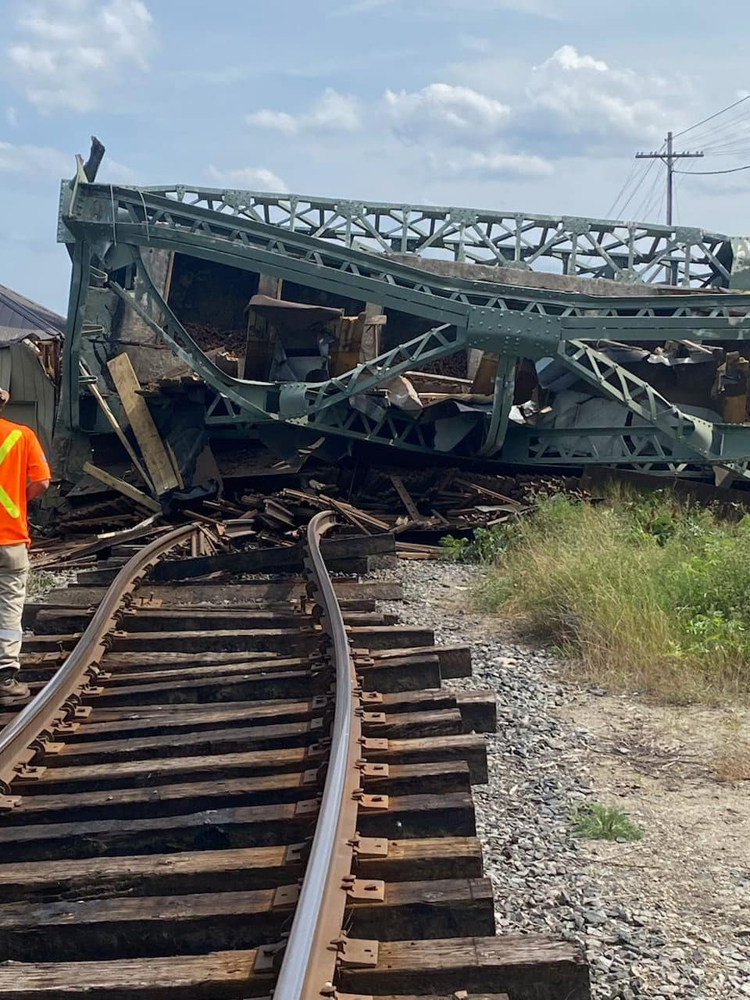
FORT FRANCES, Ontario — A Canadian National Railway lift bridge in Fort Frances has collapsed, the website NWOnewswatch.com reports.
CN said in a statement to website operator Dougall Media on Wednesday, Aug. 14, that it was responding to “an incident” involving the bridge across the Rainy River that provides its connection to the Port of Thunder Bay, Ont., and that the waterway was blocked. The railroad said no train was involved in the incident and that the cause was under investigation.
In a statement on Thursday, Aug. 15, the railroad said its crews have begun repairs on the bridge, which “remains closed until further notice. Environmental crews have contained and are recovering a release of biodegradable, non-toxic hydraulic oil related to the incident.”
The CEO of the Port of Thunder Bay, Chris Heikkinen, told the CBC he expects CN will work with CPKC to insure both railroads are still able to serve the port, which primarily handles grain traffic, but that delays in service could result.
“Volumes on CN are probably 30 to 40% of the grain that the port receives,” Heikkinen told the broadcaster, “… so its a sizeable chunk.”
In 2023, the port handled 9.63 million metric tons of cargo; grain accounted for 7.26 million metric tons of that total.
According to the website historicbridges.org, the bridge, known as both the Five-Mile Bridge and the Rainy River Lift Bridge, dates to 1908 and is a single-leaf bascule bridge with a total length of 541 feet and a 134-foot main span.
— Updated Aug. 15 at 4:25 p.m. with new statement from CN; updated at 8:05 p.m. with additional information.
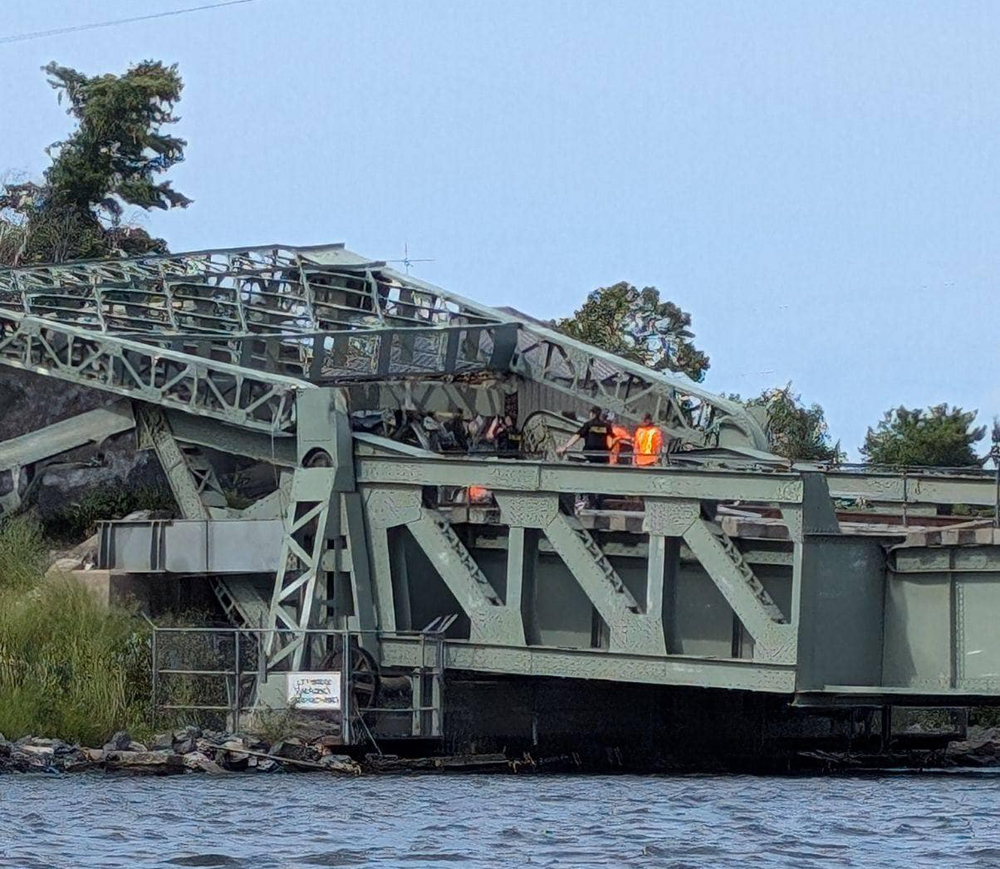







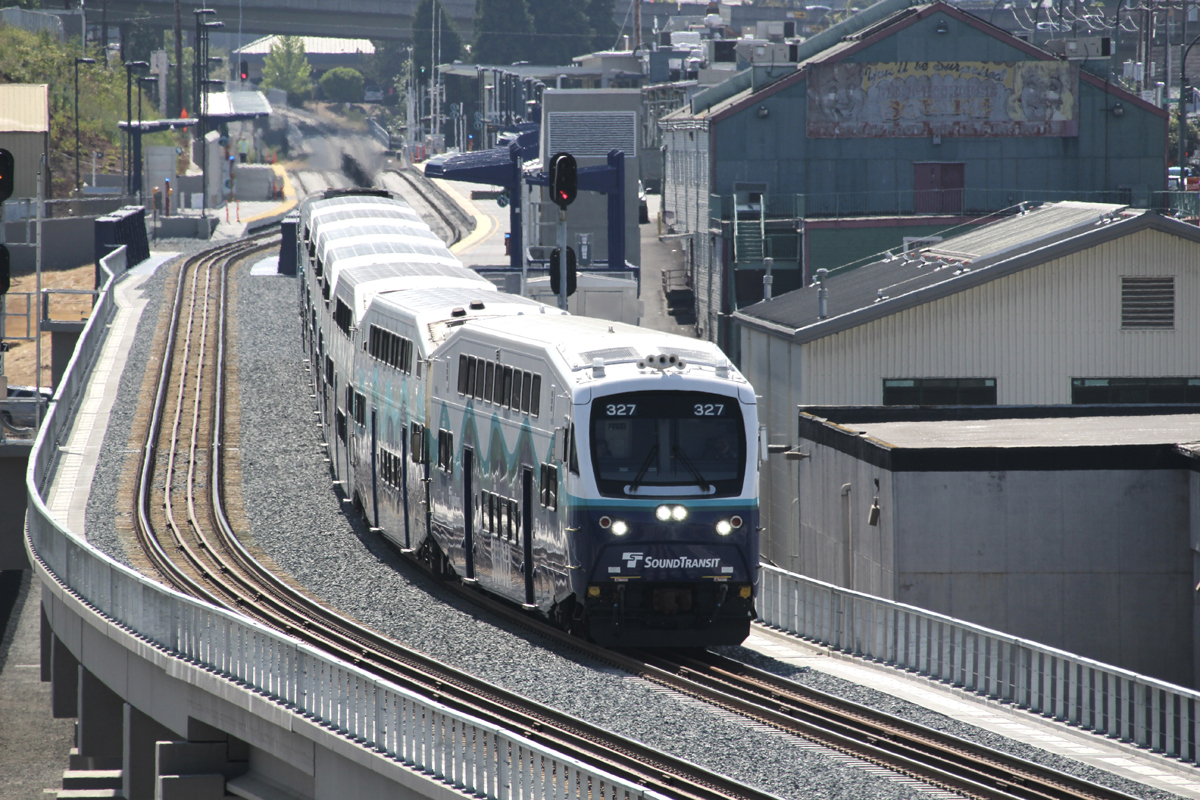
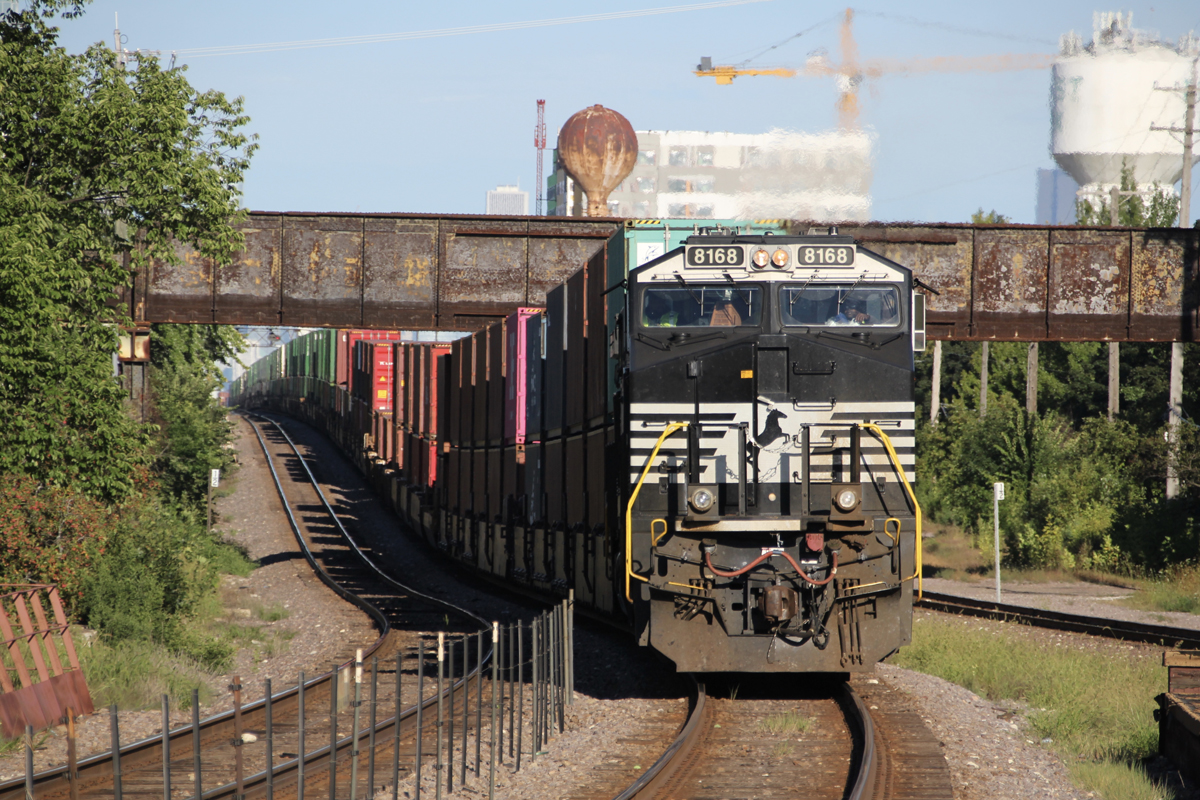
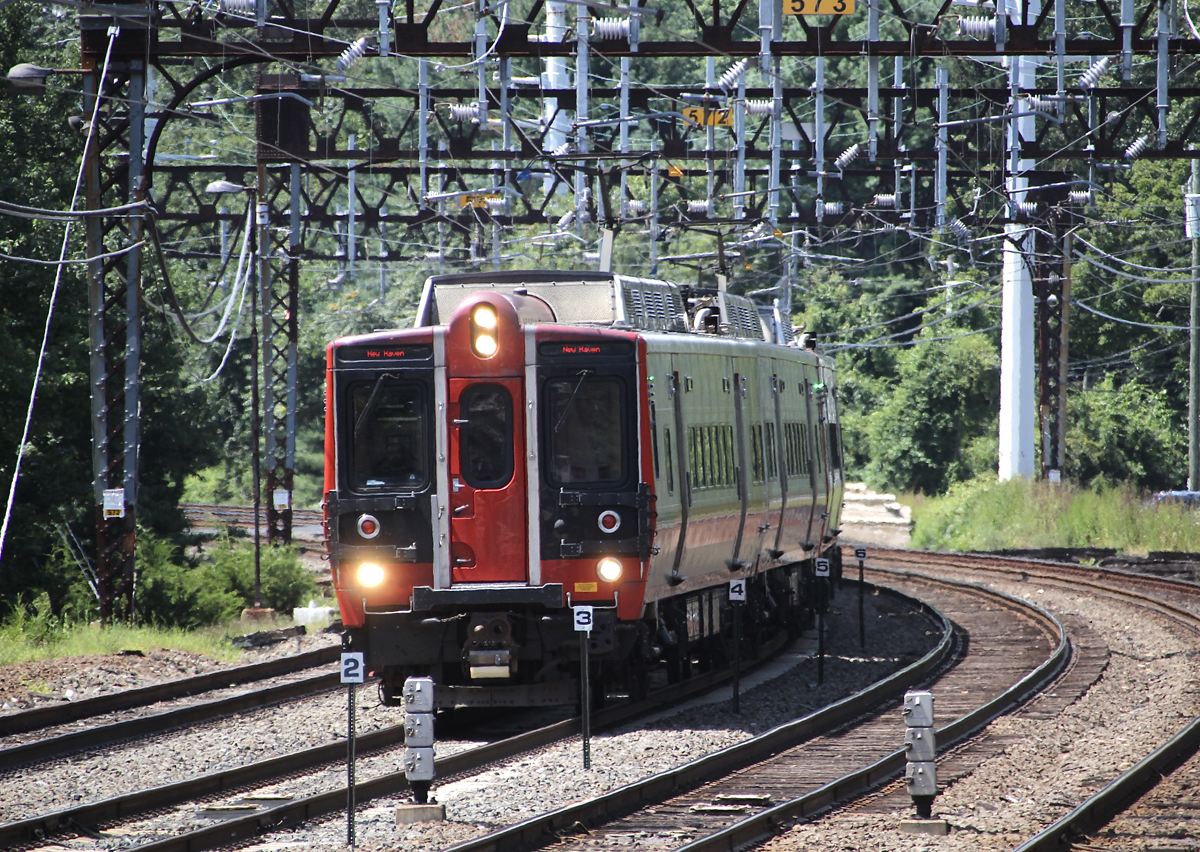




Parts of this article are incorrect. 🙁
Look at the second picture people…that looks like the bascule end of the bridge collapsed, not the bridge itself…
Is the border closed to car traffic due to the bridge collapse?
The Five-Mile bridge which collapsed crosses Rainy Lake between Fort Frances and Thunder Bay. It is not the 1908 Rainy River bridge, which crosses the Canada-US border at Fort Frances and is unaffected.
Thank you!👍
Slight correction. This bridge is not over the Rainy River, but Rainy Lake. The river ends west of the lake. The portion of this route actually is on a earthen causeway, and a few islands across this part of the lake.
Given its secondary line status I’m curious how quickly this one will get repaired. Especially with harvest season kicking off.
This is not a secondary line, but the only CN line to the port of Thunder Bay. It carries 30-40% of the ports’s grain traffic.
How about a far-shot photo give us some perspective? Close ups tell you nothing about the entire scene.
to Mark Meyer: The article is not completly correct. The Rainey River is the boundary between Canada and USA at International Falls/ Fort Frances. The port of Thunder Bay is216 miles east of Fort Frances. The CN has a rail line from Fort Frances to Thunder Bay that does Not cross the Rainey River.
to Mike Meyer: I apoligize for doubting you . I realized my mistake and it is probaly a different bridge as the article states
It doesn’t help that the Historic Bridges link is to the wrong bridge.
Bascule bridges typically fail when the gear pin that locks the bridge in position fails to insert or simply rusts out or the pulley cables for the counterweights break.
These bridges are designed to go up if/when the pin is not in place, hence when the bridge tender sends the command, the pin(s) are either hydraulically or electrically removed and the bridge begins to rise. There are counter weights, many times on pulleys which provides the counterweight to lift the bridge.
To bring the bridge back down, there is an electric motor that turns a gearset that pulls the deck back down until the pins realign and reinsert and hold the bridge down again.
This bridge worked in a different way. The lift span was balanced by a large block of concrete vertically above the inshore end of a curved truss connected to the bridge at the main pivot bearing. The concrete block, which is supposed to only move up and down, fell from the vertical onto the track. As the concrete weight was no longer entirely resting on the curved truss, the bridge span fell to the down position and was bent out of shape on impact.
Take a look at vsatetelite view of international Falls/ Fort Frances. The main line from south comes into International Falls, goes across said bridge, turns west in Fort Frances and continues west. The line between Fort Frances and Thunder Bay stayts in Canada and is not affected. This bridge is the only crossing between US and Canada ongoing west.
When you reread the article, you will see that you are incorrect.
Thisn looks like the mainline of CN between Winnipeg and Duluth
It isn’t.